EVERYTHING TO KNOW ABOUT WINE

Everything to know about wine in 2024
Welcome to The Twink Boys Blog, where we explore the world of wine and all its intricacies. Whether you're a wine connoisseur or a curious novice, this blog is the perfect place for you to learn everything there is to know about wine. Wine has been around for thousands of years and has become a part of many cultures worldwide. From the ancient Greeks and Romans to modern-day connoisseurs, wine has been a staple in celebrations, rituals, and everyday life.
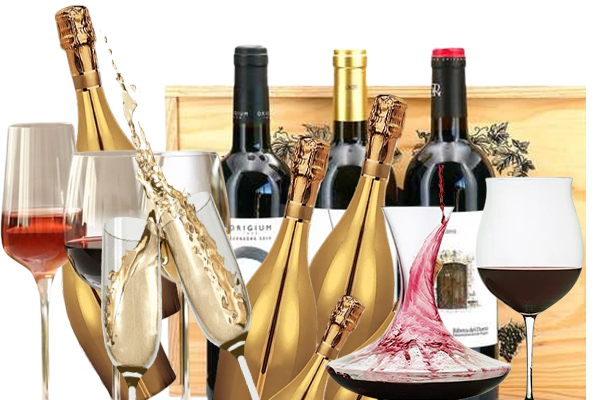
It's no wonder that this beverage has captured the hearts of millions and continues to be a beloved drink. For those who are new to the world of wine, it can be overwhelming and intimidating. With so many different types of wines, regions, and grapes, it can be challenging to know where to begin. That's where we come in. Our blog is dedicated to providing you with all the information you need to become a wine expert.
First and foremost, it's essential to understand the basics of wine. Wine is an alcoholic beverage made from fermented grapes. The process of making wine is a delicate balance of science and art, and it all starts in the vineyard. The type of grape, climate, soil, and winemaking techniques all contribute to the unique flavours and characteristics of a wine.
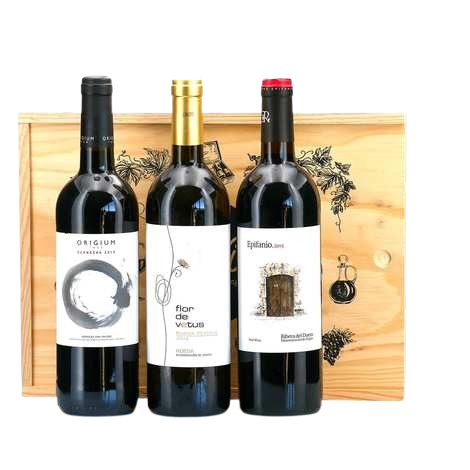
One of the most crucial aspects of wine is understanding the different types. There are five main types of wine: red, white, rose, sparkling, and dessert. Each type has its own distinct flavour profile and characteristics, making it essential to explore and try different types to find out what you enjoy.
Next, we have the different wine regions. Wine is produced all over the world, from France to Argentina to Australia. Each region has its own climate, soil, and winemaking traditions, resulting in a diverse range of wines. Exploring different wine regions is a fantastic way to expand your palate and discover new favourites.
Now, let's talk about the most crucial part of wine – the tasting. Tasting wine is a sensory experience that involves sight, smell, and taste. It's important to use all your senses when tasting wine to fully appreciate its complexity. Start by examining the wine's colour and clarity, then give it a good swirl to release its aromas. Take a small sip and let it linger in your mouth, noticing the different flavours and textures. With practice, you'll be able to identify different grape varietals and regions just by tasting.
To truly appreciate wine, it's essential to pair it with food. The right food and wine pairing can enhance the flavours of both the food and the wine. A general rule of thumb is to pair white wine with white meat and fish and red wine with red meat. However, don't be afraid to experiment and find your own perfect pairings.
Lastly, it's crucial to understand how to store and serve wine properly. Wine should be stored in a cool, dark place with a constant temperature to maintain its quality. When it comes to serving, different wines have different serving temperatures, so it's essential to do your research or consult a sommelier.
Wine is a complex and fascinating beverage that has been enjoyed for centuries. At The Twink Boys Blog, we strive to provide our readers with all the information they need to appreciate and enjoy wine fully. So grab a glass, explore our blog, and cheers to the wonderful world of wine.

What is Wine & How is Wine Made?
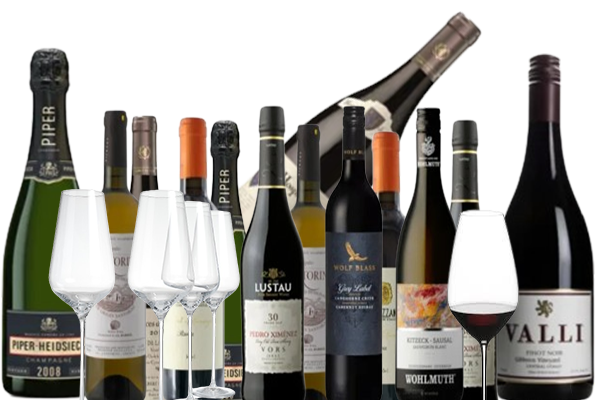
Wine has been a staple beverage for centuries, enjoyed by people all over the world. It's a complex and diverse drink, with a rich history and a wide variety of flavours and styles. But have you ever wondered what exactly goes into making a glass of wine?
Now, we will explore everything you need to know about wine – from the basics of what it is to the intricacies of how it is made. Simply put, wine is an alcoholic beverage made from fermented grapes.
There is much more to it than that. Wine is a complex product that is influenced by a variety of factors such as grape varietals, soil types, climate, and winemaking techniques. The end result is a diverse range of flavours and styles that can be enjoyed by wine enthusiasts all over the world. The winemaking process can be divided into five main stages: harvesting, crushing and pressing, fermentation, ageing, and bottling.
🍇 Harvesting: The process of making wine begins in the vineyard. Grapes are carefully selected and harvested by hand or with the help of machines. The timing of the harvest is crucial as it can greatly impact the quality of the wine. Grapes used for making white wine are typically harvested earlier, while those used for red wine are harvested later when they are fully ripe.
🥃 Crushing and Pressing: Once the grapes are harvested, they are crushed and pressed to extract the juice. In the past, this was done by stomping on the grapes with bare feet, but nowadays, machines are used for this step. White wine is made by removing the grape skins, seeds, and stems before fermentation, while red wine is made by fermenting the juice along with the grape skins, seeds, and stems, which gives it its colour and tannins.
⚱️ Fermentation: Yeast is added to the grape juice to start the fermentation process. During this stage, the natural sugars in the grape juice are converted into alcohol. The temperature and duration of fermentation can greatly affect the flavours and aromas of the wine. This stage is closely monitored by winemakers to ensure the desired outcome.
📦 Aging: After fermentation, the wine is aged in barrels, tanks, or bottles. This allows the wine to develop its unique flavours and aromas. The type of vessel used for ageing can also affect the final product. For example, wine aged in oak barrels will have a different flavour profile compared to wine aged in stainless steel tanks.
🍾 Bottling: Once the wine has reached its desired flavour and aroma, it is bottled and sealed. The wine is then left to age further in the bottle, allowing it to develop more complex characteristics. It is during this stage that the wine can also be labelled and marketed for sale.
Additional Winemaking Techniques – While the above steps are the basic process of making wine, there are various techniques that winemakers can use to further enhance the flavour and aroma of their wine. These techniques include:
🍷 Blending: This involves mixing different grape varieties to create a unique blend. This is commonly done with red wines, where different grape varieties are blended to create a more complex and balanced flavour profile.
🍷 Oak Aging: As mentioned earlier, ageing in oak barrels can greatly influence the flavour and aroma of the wine. The type of oak used and the length of ageing can also make a significant difference.
🍷 Malolactic Fermentation: This is a secondary fermentation process where tart-tasting malic acid is converted into softer-tasting lactic acid, resulting in a smoother and more buttery texture.
🍷 Carbonic Maceration: This technique involves fermenting whole grapes in a carbon dioxide-rich environment, resulting in a lighter and fruitier wine.
🍷 Fortification: This process involves adding a distilled spirit, such as brandy, to the wine to increase its alcohol content. This is commonly done with dessert wines.
Wine Production Around the World: Wine is produced in almost every country in the world, with the top wine-producing countries being Italy, France, and Spain. Each region has its own unique winemaking traditions and styles, resulting in a diverse range of wines to choose from. Some famous wine regions include Napa Valley in California for its high-quality Cabernet Sauvignon, Champagne in France for its sparkling wines, and Tuscany in Italy for its Chianti and Super Tuscan wines.
Wine is a complex and diverse beverage that has been enjoyed for centuries. From the vineyard to the bottle, the winemaking process involves a combination of science, art, and tradition. By understanding the basics of what wine is and how it is made, you can truly appreciate the nuances and complexities of this beloved drink. So the next time you raise a glass of wine, you can savour not just the flavours, but also the knowledge of what went into creating it.
Everything to know about wine

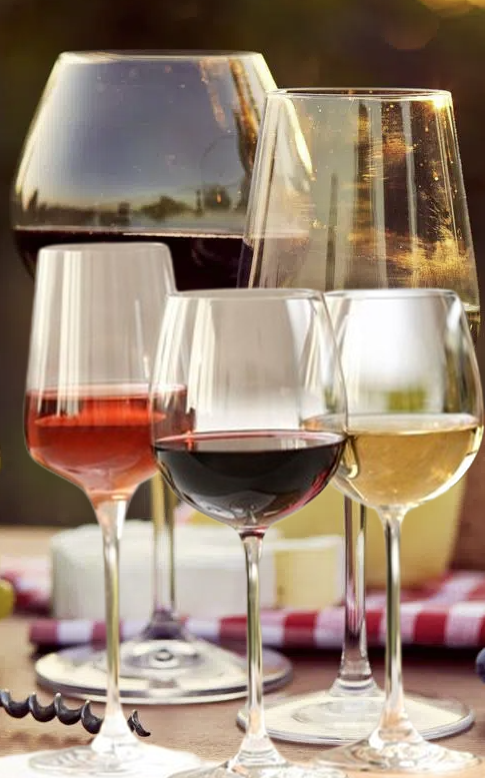
Wine has been a beloved beverage for centuries, with its rich history and diverse flavours captivating the taste buds of people all over the world. From the ancient Greeks and Romans to modern wine enthusiasts, the love for this fermented grape drink has only grown stronger.
But with so many varieties and regions, it can be overwhelming to navigate the world of wine. In this article, we will delve into everything you need to know about wine, including the top five wine countries that produce some of the most exceptional wines in the world.
Wine is an alcoholic beverage made from fermented grapes. The process of making wine involves crushing and pressing grapes, followed by fermentation, where yeast converts the sugars in the grapes into alcohol. The type of grapes used and the fermentation process determine the flavour, colour, and aroma of the wine. Various factors, such as the type of soil, climate, and winemaking techniques, also play a vital role in the final product.
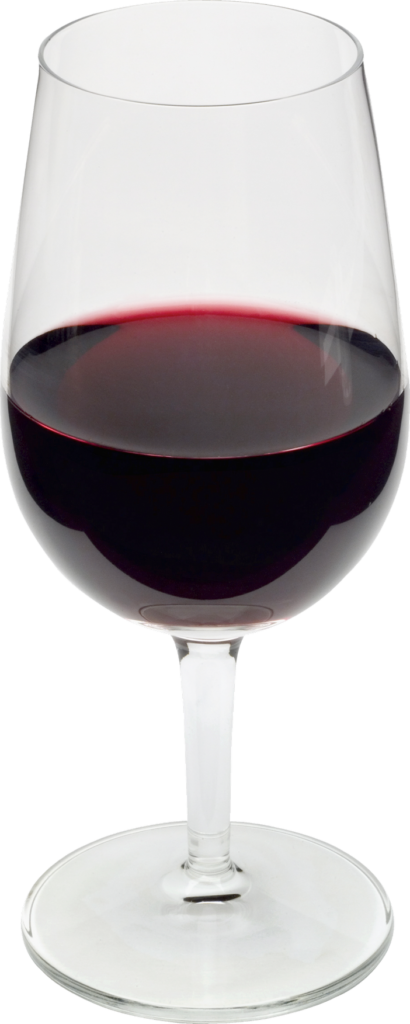
Types of Wine: There are several types of wine, each with its distinctive taste and characteristics. The most common types are red, white, and rosé. Red wine is made from dark-coloured grapes and is typically full-bodied with bold flavours. White wine is made from white or green grapes and is usually light-bodied with crisp, refreshing flavours. Rosé wine is made from a combination of red and white grapes and has a pink hue with a range of flavours, from dry to sweet.
Apart from these, there are also sparkling wines, which have carbon dioxide bubbles that give them a fizzy texture. Champagne, Prosecco, and Cava are some well-known sparkling wines. Fortified wines, such as Port and Sherry, have a higher alcohol content due to the addition of brandy during the fermentation process. Dessert wines, like Sauternes and Icewine, are sweet and often served as a dessert accompaniment.
The Top Five Wine Countries In The World
🇫🇷 1. France – France is known as the birthplace of wine and is home to some of the most prestigious and sought-after wines in the world. The country has a long history of winemaking, with evidence of vine cultivation dating back to the 6th century BC. France is divided into several wine regions, each with its unique terroir and winemaking traditions. Some of the most famous wine regions in France include Bordeaux, Burgundy, Champagne, and the Loire Valley.
Bordeaux is renowned for its red blends, primarily made from Cabernet Sauvignon and Merlot grapes. The wines from this region are known for their bold tannins and flavours of dark fruits and earthy notes. Burgundy is famous for its Pinot Noir and Chardonnay wines, with the region's terroir producing some of the most elegant and complex wines in the world. The Champagne region produces the world-famous sparkling wine of the same name. The cool climate and chalky soil here create the perfect conditions for growing the Chardonnay, Pinot Noir, and Pinot Meunier grapes used in Champagne production. The Loire Valley is known for its diverse range of wines, from crisp Sauvignon Blanc to fruity Cabernet Franc.
🇮🇹 2. Italy – Italy is the world's largest wine producer, with a winemaking tradition that dates back to the 8th century BC. The country boasts over 400 wine varieties, with each region having its unique grape varieties and winemaking techniques. Some of the most famous wine regions in Italy include Tuscany, Piedmont, and Veneto.
Tuscany is home to the iconic Chianti wine, made primarily from the Sangiovese grape. The region also produces other notable wines such as Brunello di Montalcino and Super Tuscans, which are blends of Sangiovese and international grape varieties. Piedmont is known for its full-bodied Barolo and Barbaresco wines, made from the Nebbiolo grape. The region is also famous for its white truffles, which pair perfectly with these bold red wines. Veneto is the largest wine-producing region in Italy and is renowned for its sparkling Prosecco and sweet dessert wine, Vin Santo.
🇪🇸 3. Spain – Spain has a long winemaking history, with evidence of vine cultivation dating back to 3000 BC. The country is the third-largest wine producer in the world and has over 70 wine regions. The most famous of these regions include Rioja, Ribera del Duero, and Priorat.
Rioja is Spain's most famous wine region, known for its high-quality red wines made from the Tempranillo grape. These wines are aged in oak barrels, giving them a unique flavour profile of dark fruits, spices, and vanilla. Ribera del Duero, located in the Castilla y León region, is known for its full-bodied and robust red wines made from the Tempranillo grape. Priorat, located in Catalonia, produces some of Spain's most expensive and sought-after wines. The region's steep slopes and poor soil produce low yields, resulting in intense and concentrated wines.
🇦🇷 4. Argentina – Argentina is the fifth-largest wine producer in the world and is famous for its Malbec wines. The country's winemaking history dates back to the 16th century when Spanish missionaries brought vines to the region. Today, Argentina is known for its high-altitude vineyards, which produce some of the world's most exceptional Malbec wines.
The Mendoza region is the heart of Argentina's wine industry, accounting for over 70% of the country's wine production. The high altitude and dry climate here create the perfect conditions for growing Malbec grapes, resulting in full-bodied wines with intense flavours of dark fruits and spices. Other notable wine regions in Argentina include Salta, San Juan, and Patagonia.
🇺🇸 5. United States – The United States is the fourth-largest wine producer in the world and has a diverse range of wine regions. The most famous of these is California's Napa Valley, considered the heart of the US wine industry. The region is known for its Cabernet Sauvignon and Chardonnay wines, which are often compared to the top wines from Bordeaux and Burgundy.
The Pacific Northwest region, which includes Oregon and Washington, produces some of the best Pinot Noir and Riesling wines in the country. The Finger Lakes region in New York is famous for its ice wines, made from grapes that are frozen on the vine. Other notable wine regions in the US include the Willamette Valley in Oregon, Sonoma County in California, and the Finger Lakes region in New York.
In conclusion, wine is a complex and diverse beverage that has captured the hearts of people worldwide. The top five wine countries mentioned above are just a few of the many regions that produce exceptional wines. Each country has its unique winemaking traditions and terroir, which contribute to the distinct flavours and characteristics of its wines. So next time you raise a glass of wine, take a moment to appreciate the history and craftsmanship behind it.
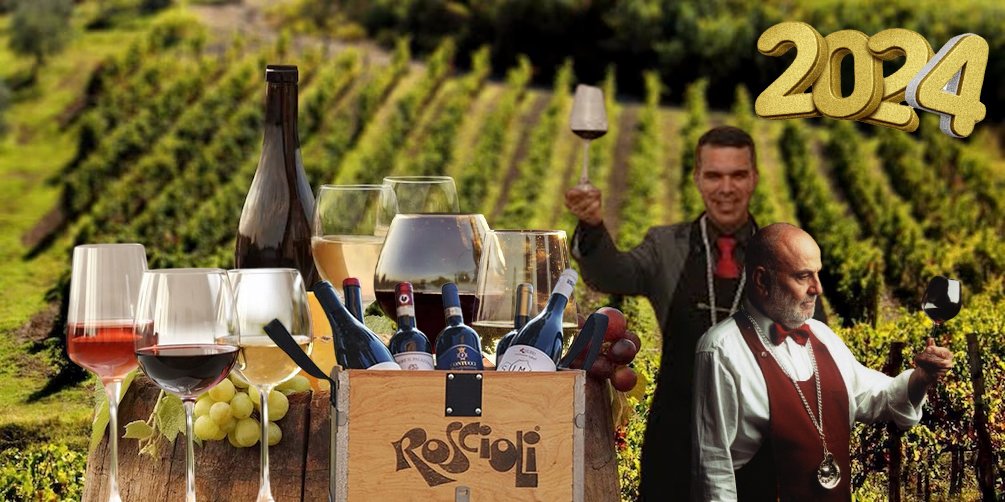
Everything to know about wine – How To Taste Wine?
The Basics of Wine & How To Understand Wine
Wine has been a popular beverage for centuries, and with its complex flavours and rich history, it's no wonder that people want to learn how to properly taste and appreciate it. Whether you're a novice wine drinker or a seasoned connoisseur, there are a few key steps to follow when learning how to taste wine. In this article, we'll cover everything you need to know about wine tasting, from the basics of understanding wine to the finer points of evaluating its flavours and aromas.
Before we dive into the specifics of tasting wine, it's important to have a basic understanding of what wine is and how it is made. Wine is an alcoholic beverage made from fermented grapes, although other fruits like apples and berries can also be used to make wine. The type of grape used, as well as the climate and soil in which it is grown, can greatly impact the flavour of the wine.
Wine is typically divided into two main categories: red and white. Red wines are made from dark-coloured grapes and tend to have more tannins, giving them a bolder and more complex flavour. White wines, on the other hand, are made from light-coloured grapes and tend to be more crisp and refreshing.
The Four S's of Wine Tasting: When tasting wine, there are four main steps to follow: See, Swirl, Smell, and Sip. These four S's are a helpful guide for beginners to learn how to properly evaluate and appreciate the wine they are drinking.
🍷 See: The first step is to visually inspect the wine. Hold your glass up to a light source and take note of the colour and clarity of the wine. Red wines can range from pale pink to deep purple, while white wines can vary from almost clear to golden yellow.
🍷 Swirl: Next, gently swirl your glass to release the wine's aromas. This step is important as it helps to aerate the wine and bring out its flavours.
🍷 Smell: After swirling, take a moment to smell the wine. Stick your nose into the glass and take in the aromas. Some common scents in wine include fruits, flowers, spices, and oak.
🍷 Sip: Finally, take a small sip of the wine and let it sit on your tongue for a few seconds before swallowing. This allows you to fully taste and evaluate the wine's flavours and texture.
Evaluating Wine: Once you have gone through the four S's of wine tasting, it's time to evaluate the wine's characteristics. There are three main aspects to consider when evaluating a wine: appearance, aroma, and taste.
🥂 Appearance: The colour and clarity of the wine can give you an idea of its age and body. Younger wines tend to be more purple and have a lighter body, while older wines may have a brownish hue and a fuller body.
🥂 Aroma: The smell of a wine can give you a lot of information about its flavour profile. Some common aromas to look for include fruits, spices, oak, and earthy notes. Take note of any scents that stand out to you.
🥂 Taste: The taste of a wine is a combination of its flavours, acidity, tannins, and sweetness. Some wines may have a balanced and smooth taste, while others may have a more bold and complex flavour profile. Pay attention to the different flavours you can pick up on, as well as the overall balance of the wine.
Tips for Learning How to Taste Wine – Here are a few additional tips to keep in mind when learning how to taste wine:
🏺 Start with the basics: Begin by tasting wines that are easy to find and well-known, such as Cabernet Sauvignon or Chardonnay. This will help you get a feel for the different characteristics of each type of wine.
🏺 Practice makes perfect: The more you taste different wines, the better you will become at picking up on their flavours and aromas. Attend wine tastings or try different wines at home to continue improving your palate.
🏺 Take notes: Keep a wine journal or make notes on your phone about the wines you taste. This will help you remember which wines you enjoyed and what characteristics you liked about them.
🏺 Experiment with food pairings: Pairing wine with food can enhance the flavours of both the wine and the dish. Try different combinations to see how they complement each other.
In conclusion, learning how to taste wine takes practice and patience. By following the four S's of wine tasting and paying attention to the wine's appearance, aroma, and taste, you can develop a deeper appreciation for this beloved beverage. So, grab a glass of your favourite wine and start practising!
Everything to know about wine – How To Pair Wine?
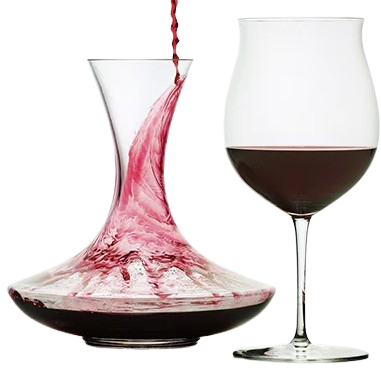
Wine is a beverage that has been enjoyed by people for centuries. Its rich history and complex flavours make it a popular choice for special occasions and everyday meals alike. However, for many people, the world of wine can seem daunting and overwhelming. With so many varieties and styles available, it can be challenging to know where to start when it comes to pairing wine with food and cheeses.
In this article, we´ll provide a detailed explanation of everything you need to know about wine and how to learn to pair it with food and cheeses. Fruity and sweet wine will pair well with a fruity and sweet dish.
Understanding the Basics of Wine: Before delving into the intricacies of pairing wine with food and cheeses, it is essential to have a basic understanding of wine. Wine is an alcoholic beverage made from fermented grapes. The type of grape used, the region it is grown in, and the winemaking process all contribute to the unique flavours and characteristics of each wine. Wine is typically classified into five categories: red, white, rosé, sparkling, and fortified. Each category has its own distinct characteristics and is best paired with specific foods.
Identifying Flavors and Aromas in Wine: One of the essential aspects of pairing wine with food and cheeses is being able to identify the flavours and aromas in wine. This skill takes time and practice to develop, but it can greatly enhance your wine-pairing experience. Some of the common flavours and aromas found in wine include fruit (such as blackberries, cherries, and citrus), floral notes, oak, and earthy tones. By identifying these flavours and aromas, you can better understand which foods and cheeses will complement the wine.
Understanding the Role of Tannins and Acidity: Tannins and acidity are two crucial components of wine that greatly impact its taste and ability to pair with food and cheeses. Tannins are natural compounds found in grape skins, seeds, and stems, which give the wine its astringent and bitter taste. Wines with high tannin levels pair well with fatty and rich foods, as the tannins help to cut through the richness. On the other hand, wines with high acidity levels are best paired with foods that are also acidic, such as tomatoes or citrus fruits.
Pairing Wine with Food: When it comes to pairing wine with food, there are a few general rules to keep in mind. First, consider the intensity of the wine and the dish. A bold and robust wine will overpower delicate flavours, while a light wine may be overshadowed by a heavy and flavorful dish. Second, consider the acidity and tannin levels of the wine and how they will interact with the food. As mentioned earlier, high-tannin wines pair well with fatty foods, while high-acidity wines pair well with acidic foods. Lastly, consider the flavours and aromas in the wine and the dish. A good rule of thumb is to pair complementary flavours and avoid contrasting ones.
Pairing Wine with Cheese: Pairing wine with cheese is a match made in heaven. The key to successful wine and cheese pairing is to balance the flavours and textures of both. Generally, it is best to pair white wines with lighter and fresher cheeses, while red wines pair well with stronger and aged cheeses. For example, a crisp Sauvignon Blanc pairs well with a tangy goat cheese, while a bold Cabernet Sauvignon complements a sharp cheddar. Experimenting with different combinations is the best way to find your perfect wine and cheese pairing.
The Importance of Personal Preference: While there are general guidelines for pairing wine with food and cheeses, it is essential to remember that personal preference plays a significant role. What may be a perfect pairing for one person may not be for another. It is crucial to experiment and find what works best for your taste buds. Additionally, different regions and cultures may have their own unique pairings, so do not be afraid to try something new.
Learning how to pair wine with food and cheeses takes time and practice. By understanding the basics of wine, identifying flavours and aromas, and considering tannins, acidity, and personal preference, you can elevate your wine pairing experience. So, go ahead and enjoy a glass of your favourite wine with a delicious meal or cheese plate, and savour the flavours and aromas that complement each other perfectly.
Everything to know about wine
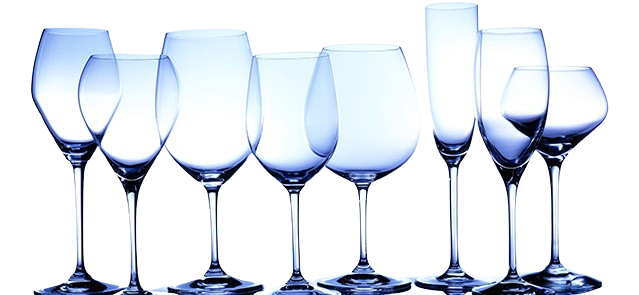
Wine is a beloved drink that has been enjoyed for centuries. Whether it's a glass of red with a juicy steak or a crisp white on a hot summer day, wine has become an essential part of people's lives.
With so many different types of wine available, it can be overwhelming to understand the differences between them. We´ll explore the different types of wine and how they are categorized, to give you a better understanding of the world of wine.
Types of Wine: There are hundreds of different types of wine, but they can be broadly categorized into five main groups: red wine, white wine, rosé wine, sparkling wine, and fortified wine. Each type of wine has its unique characteristics, making them suitable for different occasions and pairings.
Red Wine: Red wine is made from black or red grapes, and the colour of the wine comes from the skin of the grapes. The grapes are crushed, and the juice is left in contact with the skin, which gives the wine its red hue. The longer the juice stays in contact with the skin, the darker and more tannic the wine will be.
Some of the most popular types of red wine include Cabernet Sauvignon, Merlot, Pinot Noir, Syrah, and Zinfandel. These wines are known for their bold flavours and aromas, ranging from fruity to earthy. They are typically served at room temperature and pair well with red meats, hearty stews, and aged cheeses.
White Wine: White wine is made from white grapes, but the juice is separated from the skin before fermentation. This results in a lighter-coloured wine with crisp and refreshing flavours. The most popular types of white wine include Chardonnay, Sauvignon Blanc, Pinot Grigio, Riesling, and Moscato.
White wines are generally served chilled and pair well with seafood, chicken, and creamy dishes. They also make for great sipping wines on a warm day.
Rosé Wine: Rosé wine, also known as blush wine, is made from red grapes, but the skin is removed after a short period of contact with the juice. This results in a pinkish hue and a lighter-bodied wine with a subtle fruit flavour. Some of the most popular types of rosé wine include White Zinfandel, Grenache, and Sangiovese. Rosé wines are served chilled and are perfect for outdoor gatherings and picnics. They pair well with a variety of foods, including salads, light pasta dishes, and grilled vegetables.
Sparkling Wine: Sparkling wine is a type of wine that has carbon dioxide bubbles, which gives it a fizzy texture. The most famous sparkling wine is Champagne, which is made in the Champagne region of France. Other popular types of sparkling wine include Prosecco, Cava, and Moscato d'Asti. Sparkling wine is often associated with celebrations and is perfect for toasting special occasions. They also pair well with light appetizers, seafood, and desserts.
Fortified Wine: Fortified wine is made by adding a distilled spirit, such as brandy, to the base wine. This process increases the alcohol content and adds a unique flavour to the wine. Some of the most popular types of fortified wine include Port, Sherry, and Madeira. Fortified wines are often served as dessert wines and pair well with rich and decadent desserts, such as chocolate cake or crème brûlée.
Categorizing Wines: Apart from the type of wine, there are also different ways to categorize wines based on their characteristics. These categories help wine enthusiasts and sommeliers to understand the wine better and make informed decisions when choosing a bottle.
- Sweetness: One way to categorize wine is by its sweetness level. This is determined by the amount of residual sugar left in the wine after fermentation. Wines with high levels of residual sugar are considered sweet, while those with low levels are considered dry.
- Body: The body of the wine refers to its weight and mouthfeel. Wines can be light-bodied, medium-bodied, or full-bodied. Light-bodied wines are light and refreshing, while full-bodied wines are rich and robust.
- Acidity: Acidity is an essential component of wine, as it adds brightness and freshness to the flavour. Wines with high acidity are considered crisp and tart, while those with low acidity are smooth and mellow.
- Tannins: Tannins are compounds found in the skin, seeds, and stems of grapes, which give the wine its astringent and bitter taste. Red wines are known to have higher levels of tannins compared to white wines.
- Age: Wines can also be categorized based on their age. Young wines are usually bottled and sold within a year, while older wines are aged for several years before being released. The ageing process can enhance the flavours and complexity of the wine.
In Conclusion: Wine is a complex and diverse drink, with various types and categories to explore. Understanding the different types of wine and how they are categorized can help you navigate the wine world and discover new and exciting wines to try. Whether you prefer red or white, dry or sweet, there is a wine out there for everyone to enjoy. Cheers to discovering your new favourite wine!
Unlock your full potential in the bedroom with ExtenZe Pills! the leading male enhancement pill with over 1 billion pills sold, proven to deliver bigger, harder, and more frequent erections. Say goodbye to flat performance and hello to massively intense and electrifying orgasms. with increased endurance, keep the passion going for longer-lasting sessions. Don't wait any longer, experience the ultimate pleasure and satisfaction with ExtenZe Pills today!







